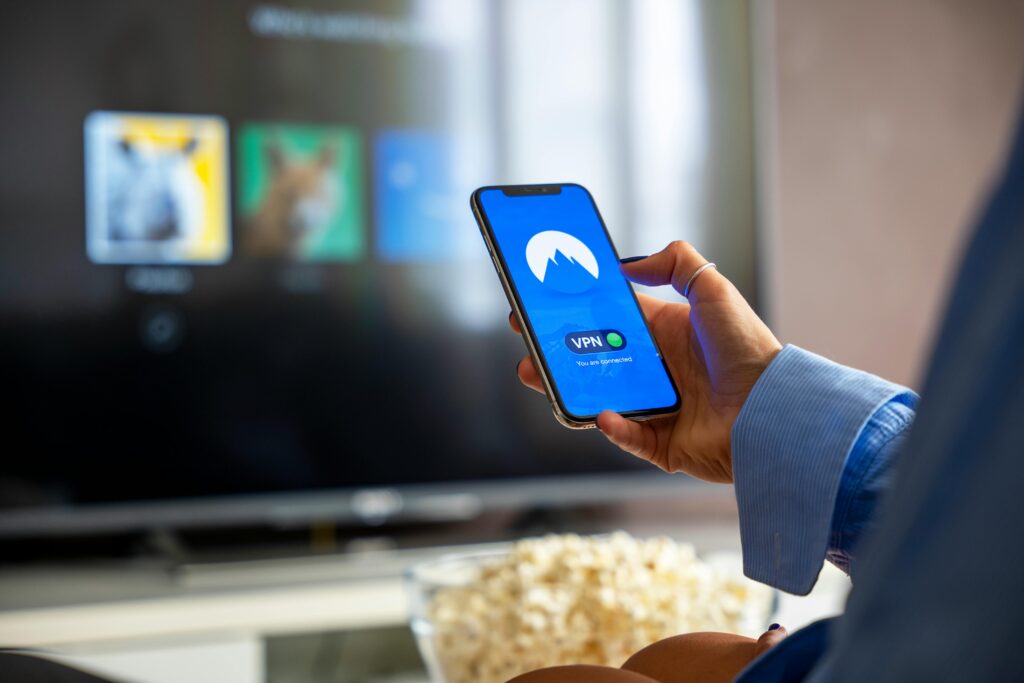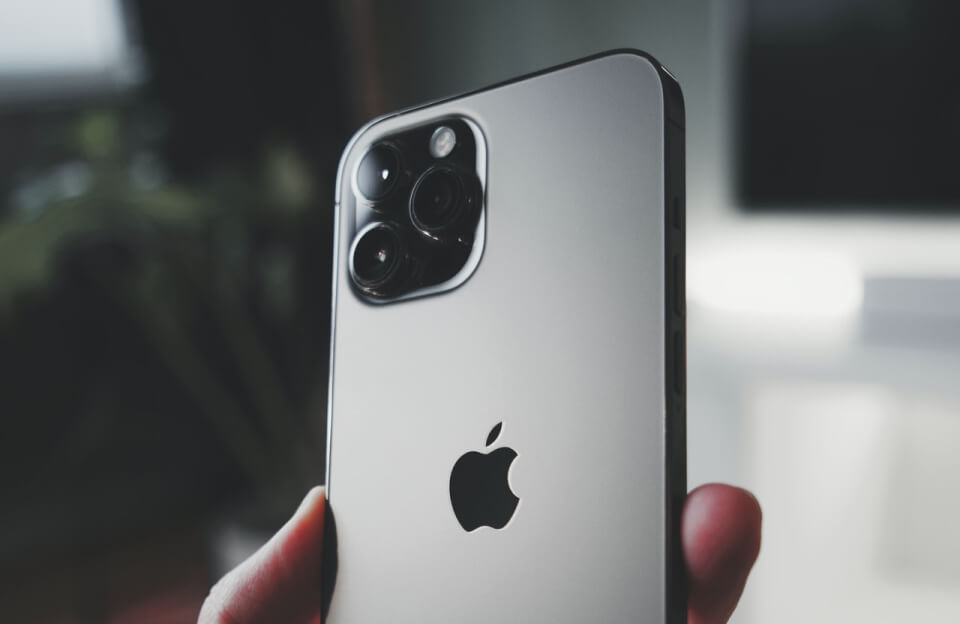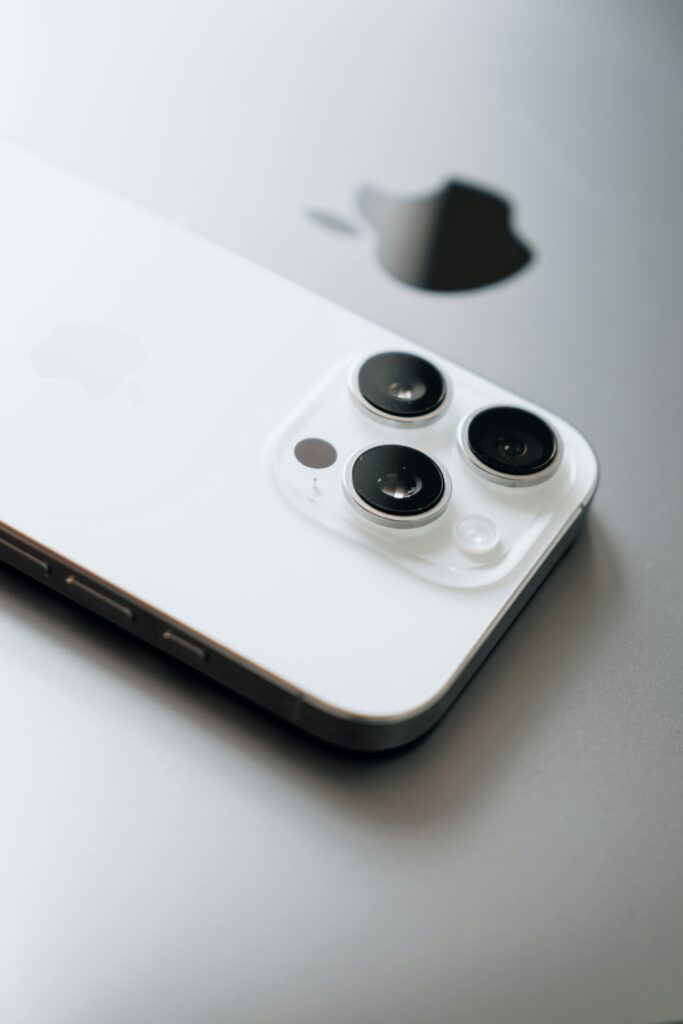
perform a Soft reset of your phone by pressing and holding the Power and Volume Down buttons together for around 10 seconds.
Put your device on charge for 15 minutes. If you haven’t used your device for more than a week, put it on charge for at least 30 minutes.
If this doesn’t help, please clear the cache partition on your device by doing the following:
1. Turn your device off, if it isn’t off already.
2. Once the device is off, hold the volume up and the power buttons at the same time for 10 seconds. Keep holding the buttons until you see a Samsung logo.
3. Using the volume down button, scroll down to Wipe cache partition.
4. Press the powerbutton to select.
Hope this helps!








